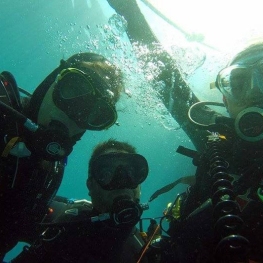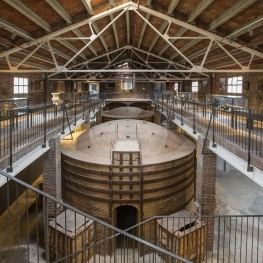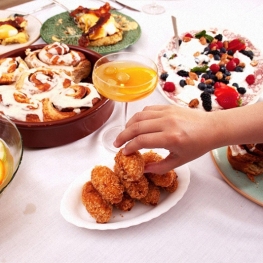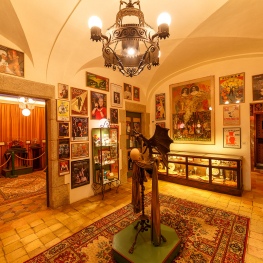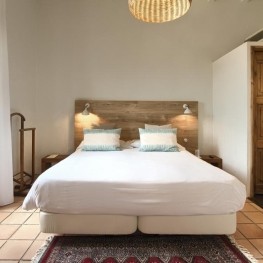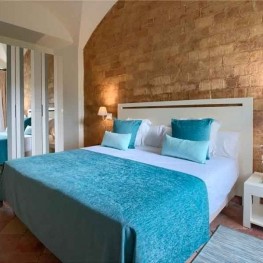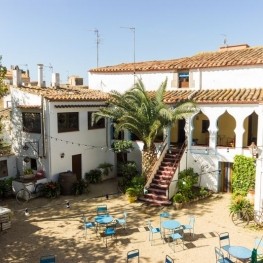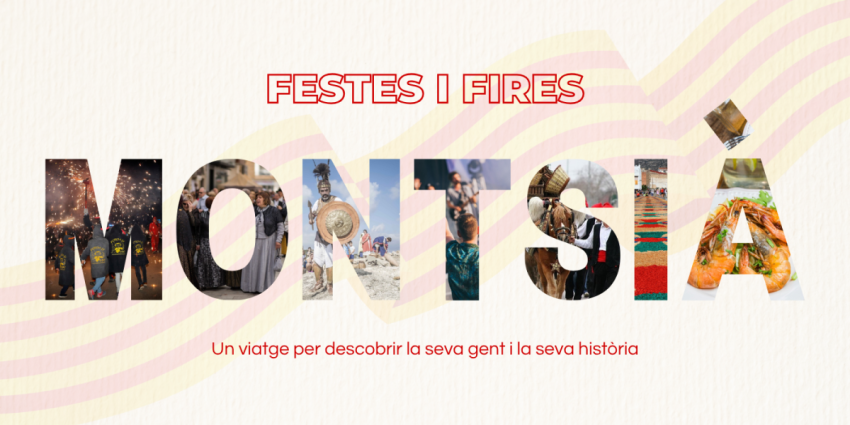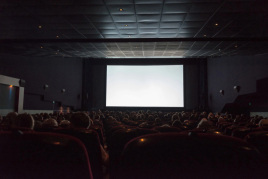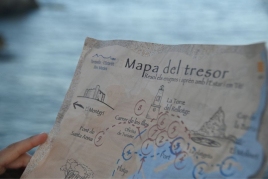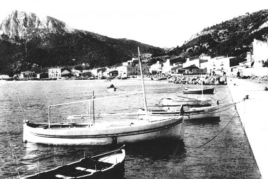Fair of Indians
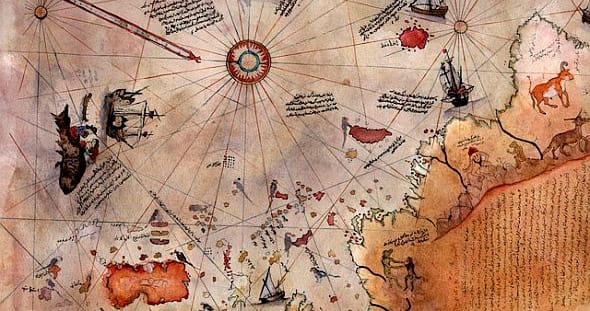
In the late sixteenth century to about the beginning of the twentieth century experienced significant movements of people crossing the Atlantic, embarking on a journey overseas, going to America to seek his fortune. These people are known today as Indians or Americans.
It is said that about 45 million Europeans, or Indians, undertook this journey through the nineteenth century. Among them were a large number of Catalans.
The aim of these was, as already said, make a fortune and return home in a short time, between 15 and 30.
For this reason, today, in many villages on the Catalan coast we find the trace of the Indians who came home enriched after chasing his dream, taking with them acculturation "American".
Some examples of these populations still retain traces of the Indians are Begur , Palafrugell and Sant Feliu de Guixols . Even Begur held in September Indianos Fair. So taking advantage of this event, this month we went to the Costa Brava for details of the "Indians".
The legacy of the "Indians"
The Catalans who returned to "do the Americas" did arts products and changed or influenced, to some extent, the appearance of the Catalonia of the time.
 The Indians introduced into our food products that we consume regularly, such as coffee, sugar, chocolate and rum, among others. And on the other hand, exported Catalan products, such as wine or spirits, to America. Also, the Havana musical genre derived from these.
The Indians introduced into our food products that we consume regularly, such as coffee, sugar, chocolate and rum, among others. And on the other hand, exported Catalan products, such as wine or spirits, to America. Also, the Havana musical genre derived from these.
The Havana are considered longing melodies. The Indian's composed in America when, far from home, missed Catalunya. But once he found here the feeling she was contradictory since then missed all that was left in the Americas. And therefore, once in his homeland did not stop singing.
If you look today, in the Habanera sung drunk "rom cremat" (rum burned). Two common ways that were introduced by the "Indians".
 Nor should underestimate its contribution in the industrial sector. The return of Indians, as Pere Coll and Rigau, was an improvement, for example in the machinery that was used in rice cultivation. Also, were decisive investments in the machinery industry of cork in the case of Palafrugell , or in the cotton industry, production of wine, champagne, etc..
Nor should underestimate its contribution in the industrial sector. The return of Indians, as Pere Coll and Rigau, was an improvement, for example in the machinery that was used in rice cultivation. Also, were decisive investments in the machinery industry of cork in the case of Palafrugell , or in the cotton industry, production of wine, champagne, etc..
Moreover, as the Catalans Americans becoming wealthy, facilities had to create trademarks still in vitality today, Ron Brugal, Bacardi, Xocolates Amatller, among others.
The Indians also stayed outside the urban development of the municipalities. They built their houses with colonial architecture.
Indianos Fair
In the nineteenth century many begurenses were forced to travel to America, especially Cuba, in order to make a fortune as coca grower sector crisis, the main economic activity on which the population held Begur , affected this population .
 It is estimated that over 500 begurenses undertook this trip and, with his return, determined the architectural appearance of the town with the construction of ostentatious houses. Just walk down the street to check Bonaventura.
It is estimated that over 500 begurenses undertook this trip and, with his return, determined the architectural appearance of the town with the construction of ostentatious houses. Just walk down the street to check Bonaventura.
In fact, it is considered that the reason for their new homes in colonial style in the sense of longing for the land where they had lived in recent years and that they intended, with them, recreate the lifestyle they had in Latin America.
Every year, in early September, held in Begur Indianos Fair reminds us of the relationship established between Cuba and this population. Throughout these days are all kinds of activities that recall the history of the "Indians". However, one of the most important activities and schedules of the fair is the market, which recreates an Indian market at the time where you can get products from overseas, for example, coffee.
The Habanera in Palafrugell
Palafrugell or Calella de Palafrugell is known today as the cradle of the Catalan Havana, genre introduced by the "Indians".
The link of Palafrugell with the Americas is based basically on colonial trade that developed in the mid-eighteenth century through the contacts and open house they had in Cadiz because, at that time, the city of Cadiz had the monopoly of trade with the other continent.
 The Havana or what is known as "American" have become the main musical contribution Cuba has given to our country. Thus, Palafrugell is known throughout our territory, for that musical practice consolidated since 1967, with encouragement from the author of the habanera "the meu avi" is held annually, the Habanera Festival of Calella de Palafrugell .
The Havana or what is known as "American" have become the main musical contribution Cuba has given to our country. Thus, Palafrugell is known throughout our territory, for that musical practice consolidated since 1967, with encouragement from the author of the habanera "the meu avi" is held annually, the Habanera Festival of Calella de Palafrugell .
Moreover, Palafrugell also retained traces architectural "indianos". The main street of the town is the most full of buildings for this colonial style. You can route the "Americans" that develops in Palafrugell which passes through fifteen points of interest. It begins in the house of the Bassa Rocks Llofriu , a family linked to Cuba and emigrated to this country where they developed a cultural activity. In the building you will find a brief explanation of the route, the family and the home.
Architecture "indiana"
 The great visual and physical footprint that preserves the "Indians" currently, are the buildings that were built when returning enriched his adventure across the Atlantic.
The great visual and physical footprint that preserves the "Indians" currently, are the buildings that were built when returning enriched his adventure across the Atlantic.
The profile of the "Indian" returning was characterized as a rich illustrated responsible building palaces and mansions in colonial style, where they are present porches, balconies, galleries overseas landscape paintings ...
Also, these buildings stand by their surroundings, the house is well set, arcaded courtyards, interior gardens and ornate entrances, plantations of American origin (such as palm trees).
 Many Catalan coastal municipalities around reurbanizaron with these, as in the case of Sant Feliu de Guixols . Although there is evidence that only returned 48% of the guixolencs who left, they raised their new homes in this population, which allowed them to remember his life in Cuba.
Many Catalan coastal municipalities around reurbanizaron with these, as in the case of Sant Feliu de Guixols . Although there is evidence that only returned 48% of the guixolencs who left, they raised their new homes in this population, which allowed them to remember his life in Cuba.
Urban space where are located the largest number of buildings of the era is the Passeig de Mar. This peculiar buildings are preserved as the Casino dels Nois, Patxot home, among others. What do you think if we end the walking path there?
Learn more ...
Tate Mireia Cabre and Olive are the authors of Guide de Catalunya Indian route, which was published in 2011 by Cossetània.
This book contains over 23 itineraries Antillean Catalonia following part of the Catalan coast. As an example, some of the routes to be found is the operation through the town of Sant Feliu de Guixols , Begur and Palafrugell .
What to do
Terracotta Museu de Ceràmica
La Bisbal d'Empordà (a 11 Km)The Terracotta Ceramic Museum aims to preserve and disseminate the scientific, technical…
L'Espai Gastronomia
Tossa de Mar (a 11 Km)Enjoy a place where laughter, festivity, and gastronomy unfold around a large…
El Gran Museu de la Màgia
Santa Cristina d'Aro (a 4.2 Km)Come and discover the Casa Mágica, where automatons, posters, magic devices from…
Where to eat
L'Espai Gastronomia
Tossa de Mar (a 11 Km)Enjoy a place where laughter, festivity, and gastronomy unfold around a large…
Where to sleep
Hotel el Convent de Begur
Begur (a 1.1 Km)The Hotel El Convent de Begur is located among enormous pines, cypresses,…



